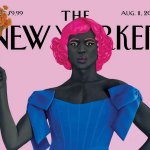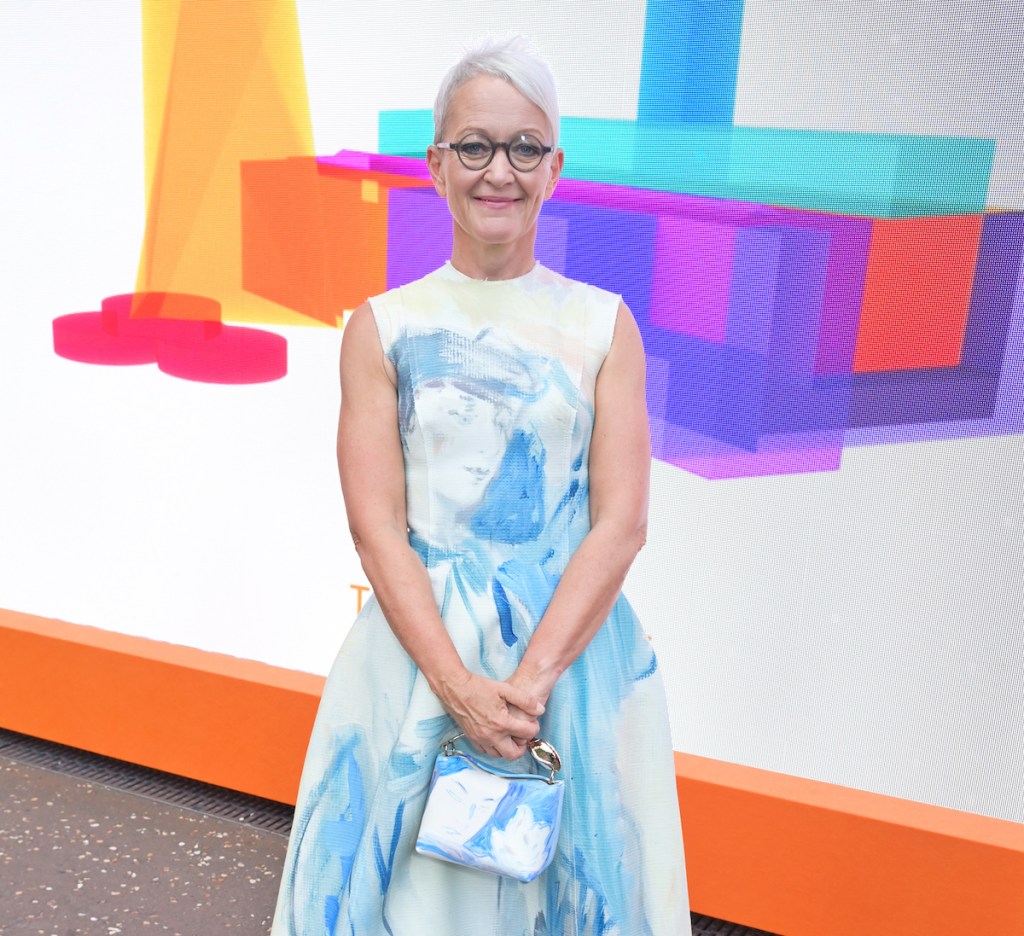The Headlines
ATTENDING TO CRITICISM. The director of the Tate museum network,Maria Balshaw, hit back at the critics who blamed Tate’s programming on its footfall decline. In the Guardian’s Letter pages, she writes that it would “be fairer” to compare Tate’s visitor numbers with its annual attendance pre-Covid, as opposed to against its most visited year in 2019. “The number of UK visitors to Tate’s galleries has returned to 95 percent of pre-pandemic levels,” she states. She conceded that “demographic changes in European visitation have had an impact,” but she also wrote that shows for Pablo Picasso, J. M. W. Turner, Tracey Emin, and others have “given us a stronger platform than ever for future growth.” Those comments are not likely to quell the complaints of disgruntled readers such as Catherine Bliss, who, writing the Guardian from Tonbridge, Kent said, “Since the heady years of the noughties and teens, it seems that the Tate has failed to really capture the imagination with its exhibitions offer. . . . Apart from the Lynette Yiadom-Boakye portrait show at Tate Britain and the El Anatsui pieces in the Turbine Hall, there has been little, in terms of contemporary art, to set the pulse racing of late.”
Related Articles

ARE CHINA’S PRIVATE ART MUSEUMS IN CRISIS? That was the question the South China Morning Post asked, writing, “A wave of closures and cutbacks is sweeping through China’s private art museums, ringing alarm bells about the sector’s sustainability and raising questions about the outlook for one of the world’s biggest art markets.” Shenzhen’s Jupiter Museum of Art shut down in June, and days later, Qingdao’s TAG Art Museum followed suit. Others museums, like the Ennova Art Museum in Langfang, founded by the company behind Hong Kong-listed ENN Energy Holdings, “have been dormant for months.” The UCCA Center for Contemporary Art, one of the most well-known institutions in China, also appears to be facing financial difficulties. What’s to blame for this crisis? Apparently, it’s a result of corporate backers tightening their belts, consumers “curtailing their discretionary spending” and rising costs. Plus, there is the government’s “unwillingness to provide backing for art that does not fit in with the range of artforms that the Communist Party condones.”
The Digest
After removing a display that mentioned Donald Trump’s two impeachments from the National Museum of American History, the Smithsonian Institution said it would create an “updated version.” The removal did not come at the behest of “any Administration or other government official,” the Smithsonian said. [ARTnews]
Two artists have been left “heartbroken” after vandals broke in and destroyed their gallery days before it was set to open. Laura Robertson and Theodore Godfrey-Cass were set to launch the Market Gallery at a former Wilko store in South Shields, but discovered on Tuesday their hard work had been ruined overnight. [Shields Gazette]
Sotheby’s has revealed the headline lots for the blockbuster sale of British socialite and arts patron Pauline Karpidas’s collection, which is due to hit the auction block on September 17, 18, and 19 in London. [ARTnews]
London-based artist Lucy Sparrow has opened a fish and chip shop where everything is made from felt. The interactive creation includes hand-stitched fish and chips in sewn-together boxes, bottles of vinegar and mayonnaise, tubs of salt, ketchup sachets, and menus. There are a total of 65,000 individually hand-crafted pieces including 15 different chip shapes in five different colors. [BBC]
The Kicker
IFTED SANCTIONS RAISE HOPE FOR SYRIAN HERITAGE. In May, Donald Trump’s surprise announcement to lift sanctions on Syria brought hope to cultural workers like Rima Khawam,chief curator of the Damascus National Museum. Years of war and sanctions had left Syria’s museums in disrepair, starved of resources and international support. The sanctions, imposed since 2011 to pressure Bashar al-Assad’s regime, also hurt cultural institutions. But Khawam now sees a chance for real collaboration to restore Syria’s damaged heritage, the Art Newspaper reports. The Damascus Museum suffers from cracked walls, damaged ventilation, and overcrowded storage, housing items rescued from six other museums. Bénédicte de Montlaur of the World Monuments Fund (WMF) says that conflict and sanctions severely limited funding and support. Syrian professionals have shouldered the protection of heritage alone, often under dangerous conditions. With sanctions possibly easing, WMF is preparing to re-enter Syria to support restoration efforts. Meanwhile, local initiatives like Syrians for Heritage are already at work. Salam Al Kuntar, a founding member, says funding has long been difficult to secure, especially from Europe. Ayman Al Nabo of the Idlib Antiquities Center recalls years of delays in receiving support. Now, both see renewed interest and partnerships emerging. “It feels like a breakthrough,” says Al Nabo.

